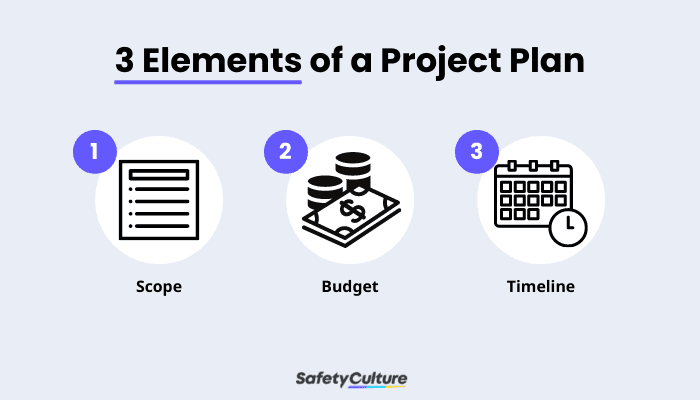What is Project Planning?
Project planning is the second stage of project management. In this stage, project managers create a project management plan or project plan with their stakeholders and clients to set expectations for the project, create execution plans, list down resources, and determine the milestones to be achieved throughout a project’s life cycle.
As the second stage of project management, the project follows project initiation and builds on the agreed-upon project details of everyone involved. The main purposes of project planning are for project managers, their stakeholders, and clients to:
- Ensure the feasibility of the project after a further discussion based on the Project Initiation Document (PID)
- Facilitate communication for all stakeholders involved in the project
- Identify the duties and responsibilities of each stakeholder and the project management team
- Manage any possible risks that may come up during the project execution stage
- Help everyone involved understand what is expected of them
- Generate and manage feedback from the project planning process
Why Project Planning is Important
Project planning plays an important role in overall project management. While feasibility should’ve already been established and estimated in the project initiation stage, some details still need to be discussed in length, which should happen in project planning.
With proper project planning, project managers can identify risks early on and mitigate them. No matter how small a risk may seem, if there is a proper plan in place for it, then it can be mitigated, and the chances of it getting worse or creating a domino effect can be reduced. Subsequently, proper planning that leads to reduced risk can lead to lower project failure rates.
On the other hand, with improper or insufficient planning, unrealistic project expectations and estimates may be created. In the process, impatience may also fester on the client or stakeholder’s end due to the misunderstanding. In worst-case scenarios, project execution can also go wrong, which can then lead to failed or incomplete projects, as well as higher costs and longer, messier timelines.
What are the 3 Elements of a Project Plan?

3 Elements of a Project Plan
While there is no one sure way to create a project plan, all plans will be based on the same 3 elements. These 3 things to consider when creating a project plan are:
- The scope: This aspect of the project provides details about the end goal and what exactly the project management team will and will not do based on the client’s wishes and the resources available. A project cannot proceed without having a clear goal and a scope to back it up.
- The project budget: This pertains to the amount of money that is allocated to the project’s resources, paperwork, manpower, and the like to meet the project goals. Ideally, the project plan will work around this and ensure that the project management team will not go beyond it.
- The project timeline or schedule: This describes the length of time that each project phase is expected to take and when certain milestones should ideally be completed. In some cases, this is very strict, but in others, it can be very flexible depending on the situation.
As these elements will come up repeatedly during the project planning process, it is important to store all data related to them in one place. For this, it would be preferable to use a cloud-based digital solution—one that puts security first, and allows you to work anytime from wherever you may be.




